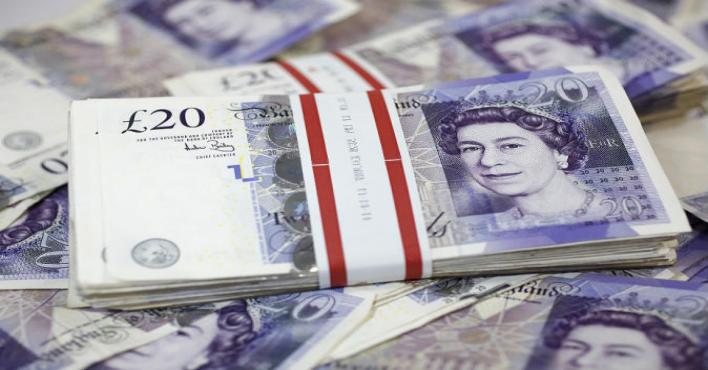
British Pound Descent Against the Dollar
A rapid descent in the pound against the dollar Friday, referred to as a “flash crash,” set tongues wagging across global trading floors as to what triggered the rare event.
After the pound crashed more than six percent against the dollar in under 10 minutes during Asian trading hours, various explanations have been given for the cause in the absence of an official reason. A spokesman for the Bank of England said simply that it was “looking into what happened” after sterling crashed also to a 6.5-year low versus the euro.
“The cause of the crash in the pound is still unknown, with a number of factors probably at play including a fat finger trade, very low liquidity, a large number of stops being triggered and algorithms exacerbating the move,” said Craig Erlam, senior market analyst at Oanda trading group.
Traders think that in today’s tech-dominated world, it probably had a lot to do with complex mathematical equations known as algorithms, although a monumental human error, the proverbial fat finger, has not been ruled out.
Automated trading systems can be set up to keep an eye on news headlines and react to potentially market-moving information.
Computers also allow for stop-loss orders, or automatic requests to buy or sell an asset once it reaches a certain price level.
The pound fell off a cliff at about 2310 GMT on Thursday to strike a 31-year low at $1.1841, before rebounding back above $1.24.
The euro also hit a 6.5-year-high at 94.15 pence.
Analysts say the move could have been in response to French President Francois Hollande sending one of the strongest warnings yet that Britain will have to pay a heavy price for leaving the European Union.
“Comments from French President Hollande (surfaced) a minute before the selling began, so it seems far more plausible that news-scanning algorithmic trading systems began a move which gathered momentum,” said XTB analyst David Cheetham.
It comes at the end of a week in which British Prime Minister Theresa May hinted at a “hard” Brexit when announcing that her Conservative government was in favor of Britain leaving the single market, thus ending the free movement of people.
“While the pound has recovered a large majority of its losses, it continues to trade well below yesterday’s levels which just goes to show how pessimistic people are about the UK economy in a week in which people have come to realize that a hard Brexit, or something that resembles it, is not just a possibility but a probability,” Erlam added.
Kathleen Brooks, research director at City Index, said markets should be braced for more turbulence on sterling trades.
“Since the pound is being driven by headlines at the moment, last night’s price action could put some people off trading the pound in case it happens again,” she said.
“Theresa May said that Brexit negotiations will take place behind closed doors, only adding to the uncertainty about what our exit from the EU will look like, which could trigger further panic in the sterling market in the months and years to come. Sterling is definitely not out of the woods yet.”
Brooks added that traders were also scooping up yen, seen as a safe investment in times of economic turbulence.























